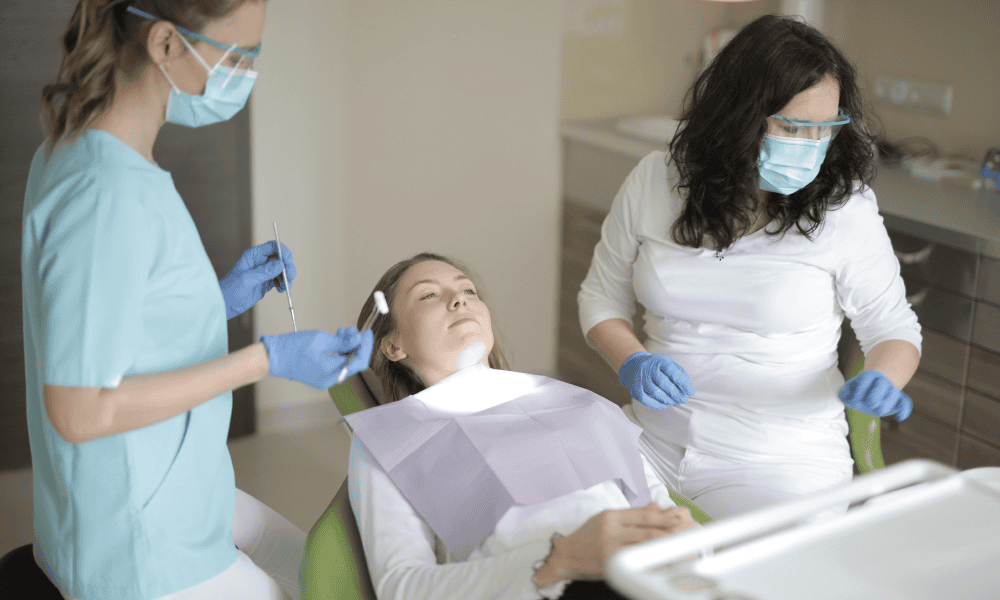When it comes to oral health, there’s no shortage of myths and misinformation. From questionable home remedies to outdated beliefs, these myths can often do more harm than good. Let’s set the record straight by debunking some of the most common misconceptions about dental care.
Myth 1: Brushing Harder Cleans Better
Reality: Brushing harder doesn’t make your teeth cleaner—in fact, it can harm them. Vigorous brushing can wear down enamel and irritate gums, leading to sensitivity and gum recession.
- Tip: Use a soft-bristled toothbrush and gentle circular motions for effective cleaning without damage.
Myth 2: Sugar Is the Only Cause of Cavities
Reality: While sugar contributes to cavities, it’s not the sole culprit. Cavities form when bacteria in the mouth produce acid that erodes enamel, and this can happen with any carbohydrate, including bread, pasta, and fruit.
- Tip: Limit snacking, rinse your mouth after eating, and maintain proper brushing habits to prevent decay.
Myth 3: Baby Teeth Don’t Matter
Reality: Baby teeth are essential for guiding the alignment of permanent teeth and enabling proper chewing and speech development. Ignoring cavities in baby teeth can lead to infections and long-term oral health issues.
- Tip: Start dental visits early—experts recommend a child’s first visit by their first birthday or when their first tooth erupts.
Myth 4: Whitening Toothpaste Whitens Teeth Instantly
Reality: Whitening toothpaste can help remove surface stains, but it won’t dramatically change the color of your teeth. For noticeable results, professional whitening treatments or at-home kits are more effective.
- Tip: Avoid overusing whitening products, as they can cause sensitivity with frequent use.
Myth 5: Flossing Isn’t Necessary If You Brush Well
Reality: Brushing alone cleans only about 60% of your tooth surfaces. Flossing reaches between teeth and along the gumline, removing food particles and plaque that brushing misses.
- Tip: Make flossing part of your daily routine to prevent gum disease and cavities.
Myth 6: Chewing Gum Is as Good as Brushing
Reality: Sugar-free gum can freshen breath and stimulate saliva, which helps wash away food particles, but it doesn’t replace brushing and flossing. Gum can’t remove plaque or clean along the gumline.
- Tip: Use gum as a supplement, not a substitute, to your oral hygiene routine.
Myth 7: You Only Need to Visit the Dentist If You Have Pain
Reality: Many dental problems, like cavities or gum disease, don’t cause pain until they’ve progressed significantly. Regular checkups catch issues early, saving you discomfort and costly treatments later.
- Tip: Schedule dental visits at least twice a year for preventive care.
Myth 8: Oral Health Doesn’t Affect Overall Health
Reality: Poor oral health has been linked to systemic conditions like heart disease, diabetes, and even complications in pregnancy. Your mouth is a gateway to your body’s health.
- Tip: Maintaining good oral hygiene can benefit your overall well-being.
Final Thoughts
Understanding the facts about oral health is the first step to making informed decisions about your dental care. By debunking these myths, you can adopt healthier habits and maintain a confident smile for years to come.


